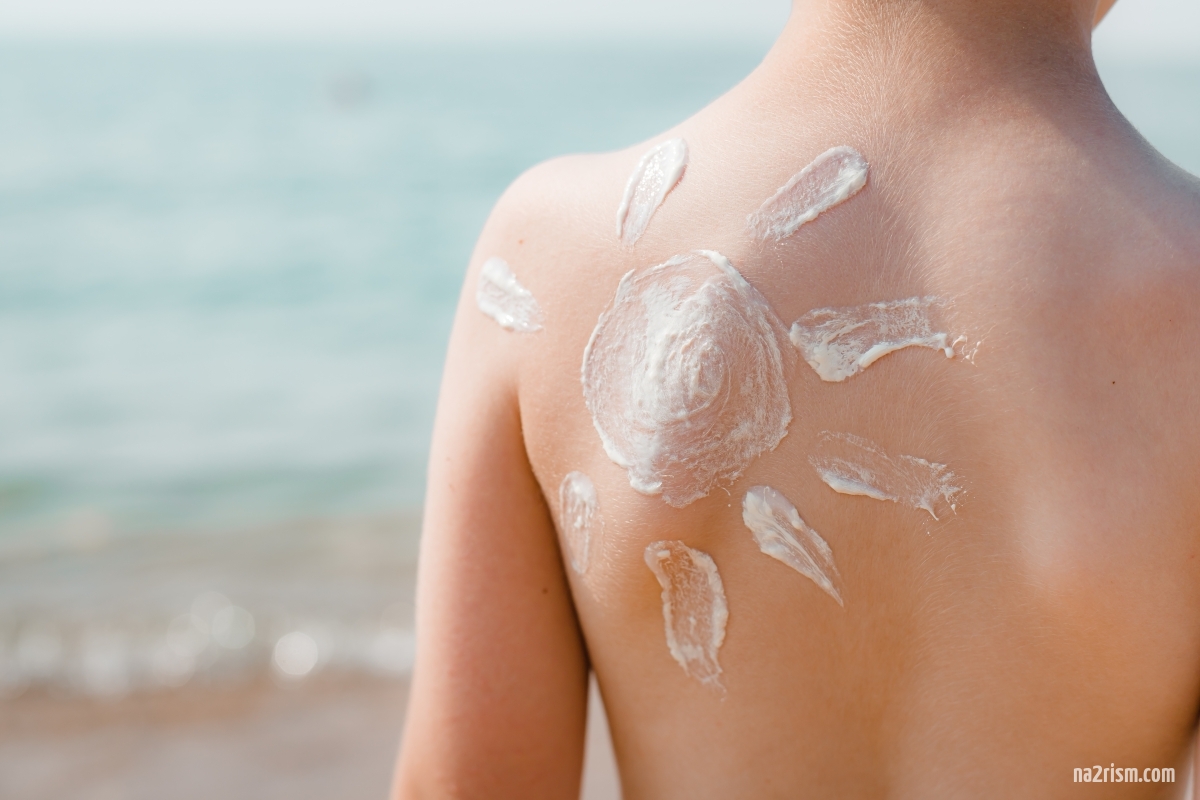Sunscreen is an essential component of any sun protection strategy. It helps to protect your skin from the harmful effects of the sun’s ultraviolet (UV) radiation, which can cause sunburn, premature aging, and even skin cancer. One of the most important factors to consider when choosing a sunscreen is the Sun Protection Factor (SPF). In this article, we will discuss what SPF is, how it works, and how to choose the right sunscreen for your skin type.
What is SPF?
SPF stands for Sun Protection Factor. It is a measure of a sunscreen’s ability to protect your skin from UV radiation. The higher the SPF, the greater the protection. SPF values typically range from 15 to 50+, with higher numbers providing more protection.
How does SPF work?
SPF works by providing a barrier between your skin and the sun’s UV radiation. UV radiation consists of two types of rays: UVA and UVB. UVA rays penetrate deep into the skin and are responsible for causing premature aging and wrinkles. UVB rays are the primary cause of sunburn and skin cancer.
SPF measures a sunscreen’s ability to block UVB rays. For example, if you apply an SPF 30 sunscreen correctly, it will take 30 times longer for your skin to burn than it would if you were not wearing any sunscreen. However, it is important to note that no sunscreen can provide 100% protection from UV radiation.
How to choose the right SPF for your skin type?
The appropriate SPF for your skin type depends on several factors, including your skin tone, how easily you burn, and the amount of time you spend in the sun. People with fair skin and those who burn easily should use a higher SPF than those with darker skin who rarely burn.
The American Academy of Dermatology recommends using a sunscreen with an SPF of at least 30. However, people who spend extended periods in the sun or participate in outdoor activities should consider using a higher SPF.
It is also essential to remember that SPF is not the only factor to consider when choosing a sunscreen. Look for a broad-spectrum sunscreen that protects against both UVA and UVB rays. Choose a sunscreen that is water-resistant if you plan to swim or sweat.
How to use sunscreen correctly?
Using sunscreen correctly is crucial to its effectiveness. Apply sunscreen liberally to all exposed skin areas, including your face, neck, arms, and legs. Don’t forget to apply it to your ears, lips, and the top of your head if you have thinning hair.
It is recommended to apply sunscreen 15-30 minutes before going outside to give it time to absorb into the skin. Reapply sunscreen every two hours or immediately after swimming or sweating. If you are using a spray sunscreen, make sure to spray enough to cover the skin evenly.
In conclusion, the SPF rating on sunscreen is an essential factor to consider when choosing a sunscreen. However, it is important to remember that no sunscreen can provide 100% protection from UV radiation. To protect your skin effectively, use a broad-spectrum sunscreen with an appropriate SPF for your skin type, and remember to apply it correctly and frequently. By doing so, you can help reduce your risk of sun damage and skin cancer.

